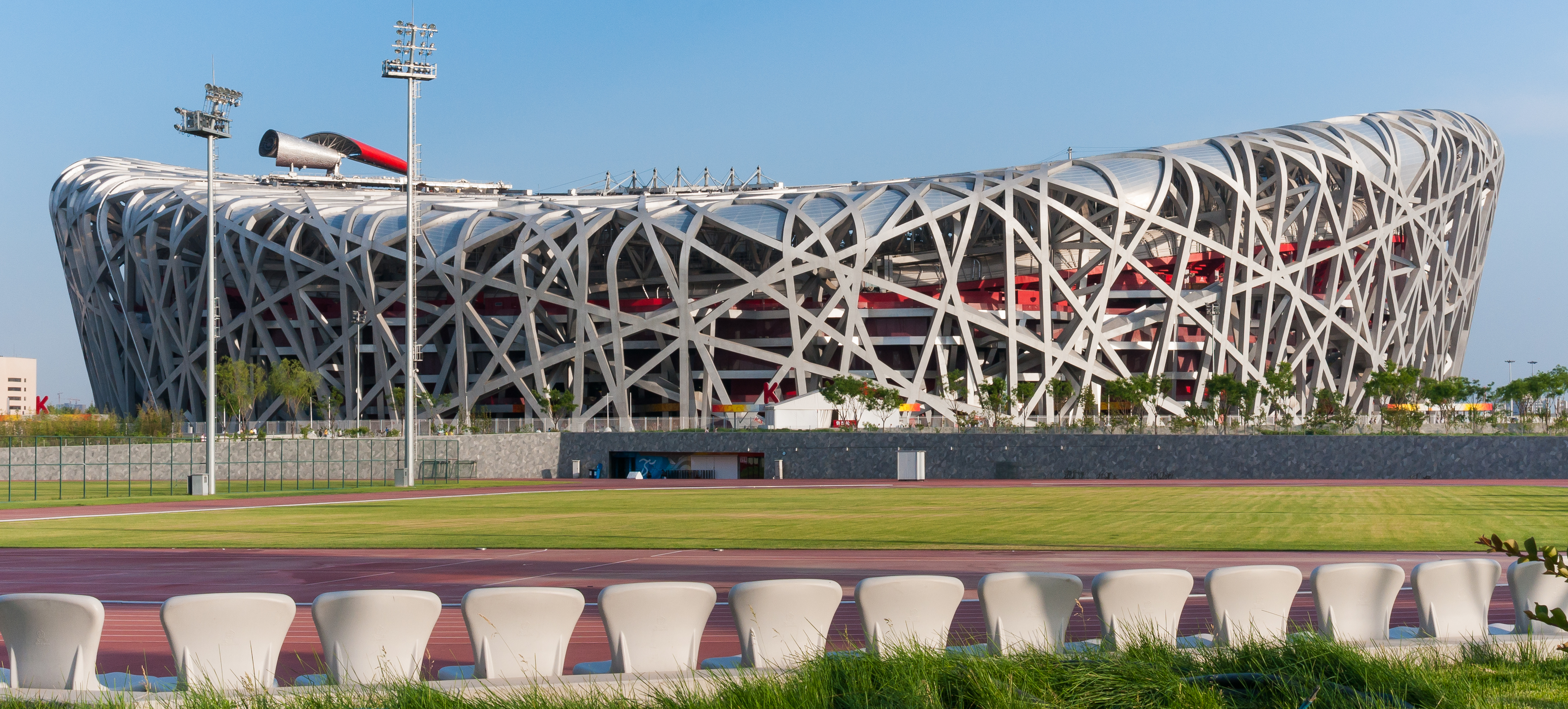Assuming we can all use every ounce of useful distraction we can get these days, here’s a truly wonderful article from the New York Times earlier this week on animal architecture–or, more precisely, animal engineering.
Researchers doing work on bird’s nests have some astounding observations and simulations that hint at how these structures work, and how they’re produced. Though they don’t mention him, there’s an echo of D’Arcy Thompson’s On Growth and Form here, in his legendary (but still, to my mind, under-appreciated) course-correction to Darwin’s theory of natural selection. It’s not only how these things (nests, finch’s beaks) actually perform, it’s also how organisms grow or build these things using algorithms that maximize efficiency of materials and energy that influences their final forms and configurations.

Two fascinating takeaways–first, the idea that nest structures operate on principles of massive, incalculable redundancy. As I understand this, nests hold their shape and support their loads through the thousands and thousands of small connections between more and less flexible sticks and objects that birds use to construct them:
Dr. King calls the experiment “ugly” because the rich system has an overabundance of factors at play. “This makes the problem not easily amenable to elegant theory or simple analysis,” he said….All the input parameters and boundary conditions are interwoven, in ways that prove difficult to tease apart.”
This is a tidy definition of a ‘hyperstatic’ structure–one with so many possible load paths that engineers end up using statistics instead of precise math to figure out how they actually work. It’s ‘ugly’ because it belies all of the precise math that we get used to when we’re studying simpler structures, but it’s exactly this ‘ugliness,’ or complexity, that gives the system its uncanny performance–the redundancy and synergy between all of those load paths end up giving a hyperstatic structure greater capacity than the sum of its (thousands of) parts.
The other surprising thing in the article is the suggestion (obvious once you think about it) that birds select the materials and formation of their nests based on their own bodies as ‘templates,’ and that they instinctively choose materials based on the need for varying degrees of stiffness and strength. I have a family of sparrows that nests under the eaves of my roof every year, and watching them browse the back yard for sticks and grass is going to take on new meaning this year. Seeing them hunting in a yard that–more typically than not–is strewn with all kinds of debris is kind of baffling. Why so picky? There’s a million sticks out there! What the researchers in the article seem to be suggesting is that these sparrows are hunting for something that’s the singular combination of length, diameter, and stiffness to add to the complex recipe that their instinct tells them they need for the nest to hold together.

This contrasts with our own species’ structural instincts, which–given our abilities to shape what nature gives us–tend toward shapes and configurations that can be easily understood by our simulation and math-oriented minds. We can take a piece of wood and cut, carve, and hone it into a shape that matches our understanding of a cantilever beam, and the implication is that our minds evolved to appreciate those kind of geometrically ideal forms. A bird looking at a nice tapered shape true to its moment diagram, though, might be as baffled by it as we are by its hyperstatic network of empirically selected sticks and grasses.
Finally, the article gets a huge thumbs-up from me for calling out designers’ obsession with metaphor, in particular the “Bird’s Nest” stadium in Beijing, designed by Herzog and deMeuron and engineered, heroically, by Arups. The stadium looks like the complex assemblage of seemingly randomly ordered sticks in a nest, but sure doesn’t work like such a structure:

The structure is a highly ordered 42,000 tons of steel, a mere “monument to a metaphor,” the researchers noted.
Touchè. A more analogous interpretation of nest construction comes from the Institute for Computational Design and Construction at the University of Stuttgart, which has produced a truly stunning structure, the ‘Aggregate Pavilion,’ based on the process of nest construction, rather than the image of completed nests themselves.

(Related: Richard O. Prum’s The Evolution of Beauty: How Darwin’s forgotten Theory of Mate Choice Shapes the Animal World—and Us. Also well worth the read while we’ve all got time…)